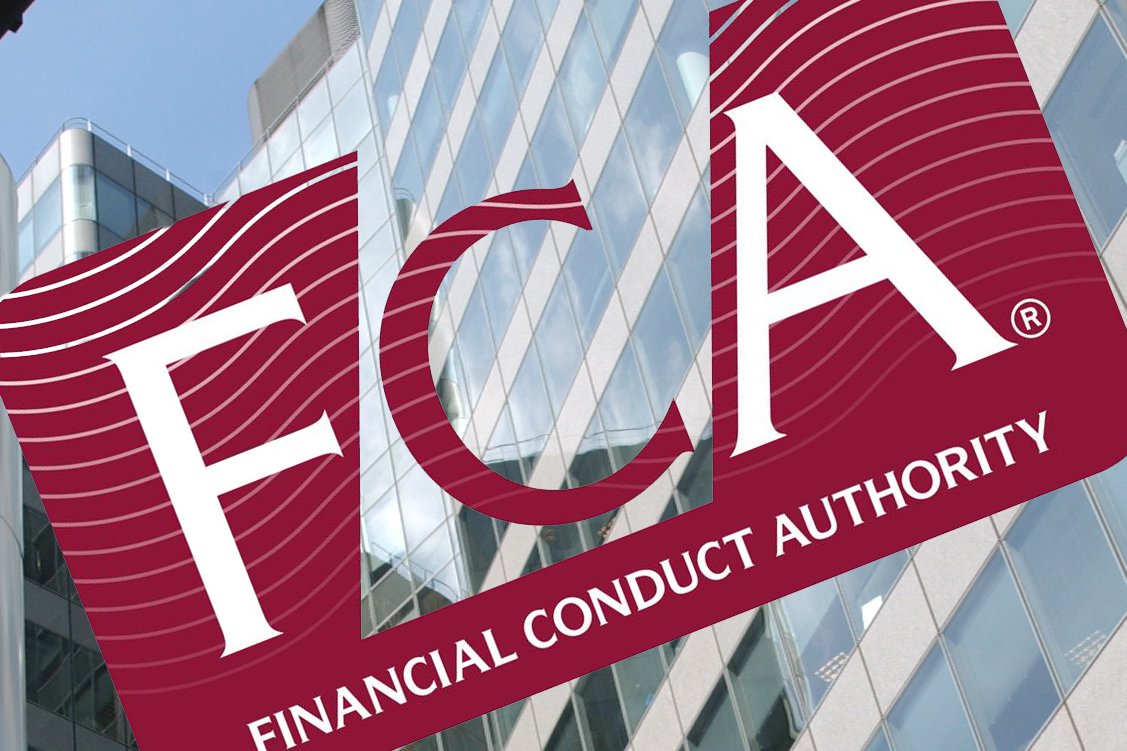By Vince Childers, head of real assets multi-strategy, Cohen & Steers
The Russia-Ukraine war has put additional upwards pressure on inflation, increasing the likelihood that economic growth will slow and that stagflation – historically a strong environment for real assets – may emerge.
The impact of the conflict may spread beyond commodities
The commodity supply shock from Russia’s invasion of Ukraine has been the main driver behind declining expectations for 2022 global growth. Continental Europe is particularly exposed, as those countries are more reliant than the US or the UK on Russia-Ukraine commodities.
Economic sanctions imposed on Russia have isolated the country to some extent, but they may also lead to energy supply disruptions or other supply chain constraints. The war has near- and long-term implications for the global economy and may ripple across real assets categories other than commodities, such as real estate.
For example, over the near term, consumers might spend less disposable income because of higher costs, potentially impacting the retail sector. Further deglobalisation and investments towards lower energy dependency could lead to structurally higher inflation. Longer term,
migration trends could result in incremental housing demand in certain markets.
Slower growth + higher inflation = stagflation
Slackening economic growth combined with persistent, elevated inflation has raised the chances that stagflation could emerge. We define stagflation as slower GDP growth and higher inflation rates vs. the 12-months-prior consensus expectations.
While growth in most major developed market economies has not declined, estimates are coming down as the impact of the Russia-Ukraine war becomes clearer.
Forecasts for above-trend growth this year have morphed into calls for a ‘soft landing’. For listed real estate investor reflation or stagflation should not be cause for concern, as real estate has historically outperformed stocks and bonds in both environments.
Although real estate has underperformed its historical average real return in periods of stagflation by -1.2% since 1978, the category has nevertheless produced an average annualised real return of 8.3%.
In contrast, over that same timeframe, the broad global equity market has trailed its long-term inflation-adjusted average by -5.8% under stagflationary conditions, with a modest average annual real return of 2.3%.
Other real assets categories have historically performed significantly better in stagflationary periods, in both realised and relative terms.
Implications for real assets
Commodities: The longer the war continues, the higher the likelihood of sustained supply disruptions and even lasting shifts in trade flows. Direct sanctions have been limited so far, but port closures, self-imposed embargoes and trade financing obstacles directly impact the flow of commodities from Eastern Europe and impact spot markets.
While we acknowledge that the tail risks are skewed to the upside for many of these commodities, a meaningful correction could occur should the situation de-escalate or supply lines reopen.
We believe that a pullback in the Bloomberg Commodity index could be a buying opportunity for investors seeking inflation protection, diversification and a hedge against future supply shocks in this commodity-supportive macro-economic environment.
Resource equities: Western economies are looking for alternative sources of energy, which should support North American production and exports of energy to Europe. Europe is also likely to substantially accelerate investments in renewables. Increased investment spending in renewables may lead to faster demand growth for metals.
In addition, certain metals that Russia and Ukraine export (platinum, palladium, aluminium, etc.) are likely to maintain a geopolitical risk premium. With railways and ports closed in Ukraine, crop exports are at risk, which would exacerbate pre-existing supply/demand imbalances and be supportive of higher prices for grains.
Listed infrastructure: In the utilities sector, we continue to monitor the impact of exceptionally high energy costs globally on potential customer demand destruction, as well as the potential for political intervention to hinder utilities’ ability to pass through higher costs to customers.
One area we currently favour is the midstream energy sector, which indirectly benefits from higher energy commodity prices.
Global real estate: We see no direct impact on real estate, although the pace of economic growth drives real estate fundamentals over the medium to long term. What is more, listed real estate has distinct characteristics that have historically provided a buffer to inflation and may be positioned to do so in the current environment.
For example, sectors with shorter lease durations – such as self-storage – have the ability to reset rents promptly as conditions change. In case of slow growth – or even recession – longer inflation-linked rental contracts offer relatively strong and steady income growth potential. In Europe, most commercial leases explicitly tie rent increases to a published inflation rate.
Our positioning in Europe is largely in property types that have structural growth characteristics or are more defensive in nature (such as logistics, health care and self-storage) and are, therefore, better able to tolerate an environment of falling growth and rising rates, in our view.




